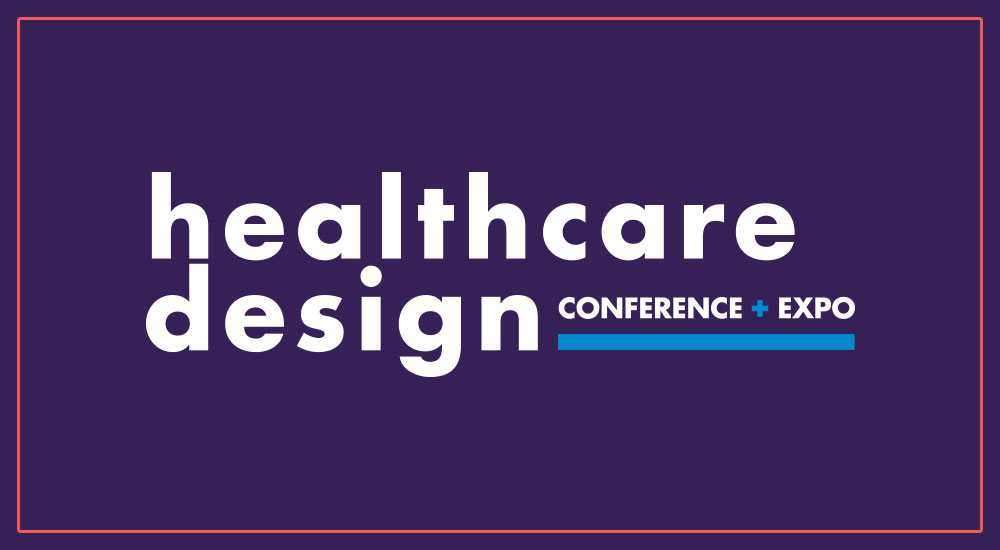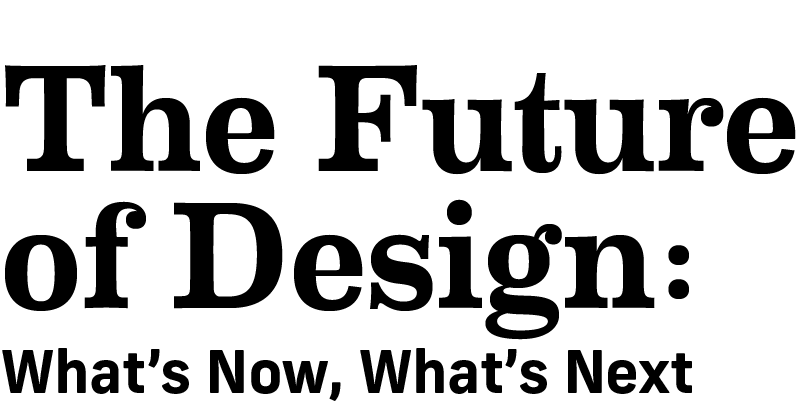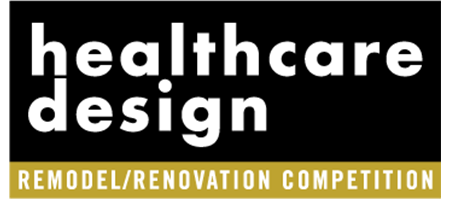The 2025 Healthcare Design Conference + Expo, heads to Kansas City, Mo., Oct. 25-28, bringing three days of keynote and educational sessions for attendees.
Healthcare Design is previewing some of the upcoming educational sessions in a series of Q+As with speakers, sharing what they plan to discuss and key takeaways they’ll offer attendees.
Session: “E03: Adapt and Deliver: Managing Ownership Transitions in Healthcare Facility Design”
Sunday, Oct. 26, 9:45-10:45 a.m.
Speakers: Jason Hannagan, JD, MBA, chief executive officer, SWKC Market, The University of Kansas Health System (Olathe, Kan., campus); Matt Meier, associate principal, Pulse Design Group; Chris Ruder, RN, chief operating officer, Kansas City Division, The University of Kansas Health System; Basil Sherman II, principal, Pulse Design Group
During the session, the panelists will share a case study of the Quivira Campus Medical Office Building, a 70,000-square-foot ground-up facility that consolidates outpatient services for Olathe Health. Midway through the project, ownership transitioned to The University of Kansas Health System, presenting challenges in maintaining project continuity, aligning design standards, and meeting the new owner’s requirements.
Attendees will gain insights into how the design team navigated this transition without disrupting the project schedule, as well as learn strategies for managing changes in ownership, maintaining communication with stakeholders, and ensuring design flexibility to accommodate evolving needs.
Healthcare Design: It’s not uncommon for healthcare projects to take several years, during which time, ownership can change hands. What are some best practices to managing ownership transition mid-project?

Basil Sherman (Image credit: Wheat Photography)
Basil Sherman II: Successful ownership transitions in healthcare require a deliberate, strategic approach. The first priority is engaging the new ownership group to communicate the project’s original goals, programmatic foundations, and the rationale behind key decisions made to date. This establishes clarity and ensures the project’s current trajectory is fully understood. Equally important is leveraging the power of programming as a tool for continuity.
A well-structured healthcare program allows teams to evaluate new priorities against the existing plan with confidence that functional relationships, adjacencies, and long-term flexibility will remain intact. This programmatic framework enables thoughtful adjustments that respect prior investments and the new owner’s vision. Lastly, success depends on positioning the design team as a strategic partner.
By fostering transparent dialogue about organizational goals and the long-term healthcare strategy, teams can thoughtfully recalibrate projects to support both immediate needs and future growth. Clear communication and alignment of vision are essential to ensuring that ownership transitions not only protect the integrity of the project but also strengthen its alignment with broader healthcare objectives.
HCD: What were some of the challenges you faced during the Quivira Campus Medical Office project, as ownership transitioned from Olathe Health to The University of Kansas Health System? Give an example of a solution the project team employed to overcome these challenges.
Sherman: The transition in ownership presented a shift in priorities that significantly impacted the project’s scope. Olathe Health had originally envisioned the facility to consolidate practices and streamline operations. In contrast, The University of Kansas Health System viewed the project as an opportunity to address system-wide capacity pressures while also expanding market share. This shift in vision led to projected patient volumes that far exceeded the assumptions of the original program, particularly within surgical services.
The most notable challenge emerged on the second floor, which was originally programmed for six operating rooms and a multispecialty clinic. With The University of Kansas Health System projecting the need for 10 operating rooms (ORs), a larger sterile processing department, and additional pre/post bays, the original plan was no longer viable. The solution required a rethinking of both patient flow and operational efficiency. The project team employed a lean design approach, reorganizing adjacencies to maximize the number of ORs while preserving the intended patient experience.
The entire second floor was redesigned as a dedicated ambulatory surgery center, and the clinic functions were strategically relocated to the ground floor, replacing a less critical service line. This not only enabled the facility to accommodate higher surgical volumes but also ensured that circulation patterns, sterile flows, and patient touchpoints were optimized for both efficiency and comfort.
HCD: How can project teams be set up to proactively manage the changes that occur throughout a project timeline?
Sherman: Our project teams remain engaged from programming through closeout, ensuring that the same core leaders guide the project across its entire lifespan. This continuity preserves institutional knowledge, provides clarity on the rationale behind prior decisions, and establishes a stable foundation to navigate shifts in ownership, personnel, or other challenges.
Equally important is the role as strategic partners. By applying lessons learned from past projects and maintaining a team well-versed in current healthcare trends, best practices, and industry innovations, you can proactively evaluate potential challenges before they disrupt progress. This strategic foresight allows for recommendation adjustments that keep the project aligned with current needs and long-term organizational goals.
HCD: What are some strategies to support communication between project team stakeholders?
Sherman: Effective communication is the foundation of every successful project, and it requires more than simply exchanging information—it requires intentionality, clarity, and transparency. Information should never be siloed; it must be shared openly and consistently with all appropriate stakeholders to promote alignment and collaboration.
As design partners, you should translate complex, three-dimensional ideas into a format that is accessible to all stakeholders, recognizing that many clients respond most strongly to tangible, real-world experiences rather than abstract drawings. This demands active listening and clarity in how issues and solutions are communicated.
The most successful projects are those where communication is early, frequent, and continuous throughout the project lifecycle. By remaining available, responsive, and proactive, our teams build trust and foster a culture of collaboration. This approach elevates us beyond the role of consultant to that of a long-term partner.
HCD: What’s one takeaway from your session that you hope attendees walk away with?
Sherman: The key takeaway is the importance of designing healthcare spaces to be inherently flexible and adaptable. While not every project will experience significant changes during construction, every facility will face major changes over its lifespan. The ability to anticipate and accommodate those future shifts is where the true value of healthcare design lies. Ultimately, flexibility in design is not just about creating space; it’s about creating opportunity. It enables healthcare organizations to adapt seamlessly to new technologies, emerging practices, and shifting patient needs—without compromising efficiency or patient experience.
Find updates and additional information on the 2025 HCD Conference + Expo here.













